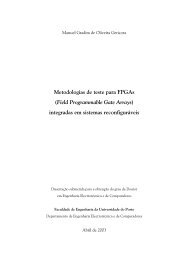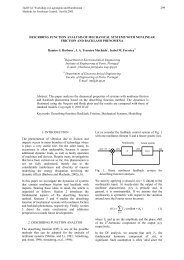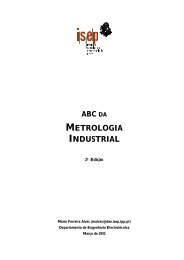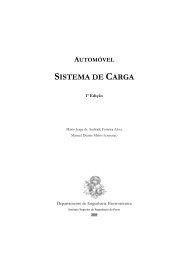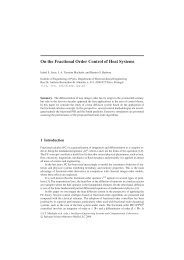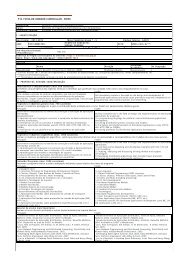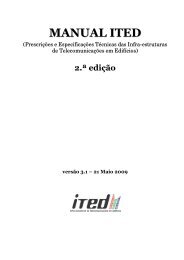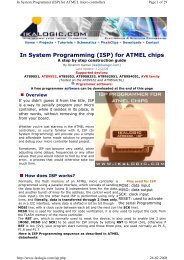AUTOMOTIVE ELECTRICAL CIRCUITS AND WIRING
AUTOMOTIVE ELECTRICAL CIRCUITS AND WIRING
AUTOMOTIVE ELECTRICAL CIRCUITS AND WIRING
You also want an ePaper? Increase the reach of your titles
YUMPU automatically turns print PDFs into web optimized ePapers that Google loves.
The starter ground circuit test checks the circuit between the starting motor and the<br />
negative terminal of the battery.<br />
Using a voltmeter, connect the leads to the negative terminal of the battery and to the<br />
end frame of the starting motor. Crank the engine and note the voltmeter reading. If it<br />
is higher than 0.5 volts, check the voltage drop across the negative battery cable. The<br />
engine may not be properly grounded. Clean, tighten, or replace the battery cable if<br />
needed. A battery cable problem can produce symptoms similar to a dead battery, bad<br />
solenoid, or weak starting motor. If the cables do NOT allow enough current to flow,<br />
the starter will turn slowly or not at all.<br />
IGNITION CIRCUIT<br />
Learning Objective: Identify ignition-circuit components, their functions, and<br />
maintenance procedures.<br />
The ignition circuit supplies high voltage surges (some as high as 50,000 volts in<br />
electronic ignition circuits) to the spark plugs in the engine cylinders. These surges<br />
produce electric sparks across the spark plug gaps. The heat from the spark ignites the<br />
compressed air-fuel mixture in the combustion chambers. When the engine is idling,<br />
the spark appears at the spark plug gap just as the piston nears top dead center (TDC)<br />
on the compression stroke. When the engine is operating at higher speeds, the spark is<br />
advanced. It is moved ahead and occurs earlier in the compression stroke. This design<br />
gives the compressed mixture more time to bum and deliver its energy to the pistons.<br />
The functions of an ignition circuit are as follows:<br />
Provide a method of turning the ignition circuit ON and OFF.<br />
Be capable of operating on various supply voltages (battery or alternator voltage).<br />
Produce a high voltage arc at the spark plug electrodes to start combustion.<br />
Distribute high voltage pulses to each spark plug in the correct sequence.<br />
Time the spark so that it occurs as the piston nears TDC on the compression stroke.<br />
Vary spark timing with engine speed, load, and other conditions.<br />
PRIMARY <strong>AND</strong> SECONDARY <strong>CIRCUITS</strong><br />
<strong>AUTOMOTIVE</strong> <strong>ELECTRICAL</strong> <strong>CIRCUITS</strong> <strong>AND</strong> <strong>WIRING</strong> 52/ 101



